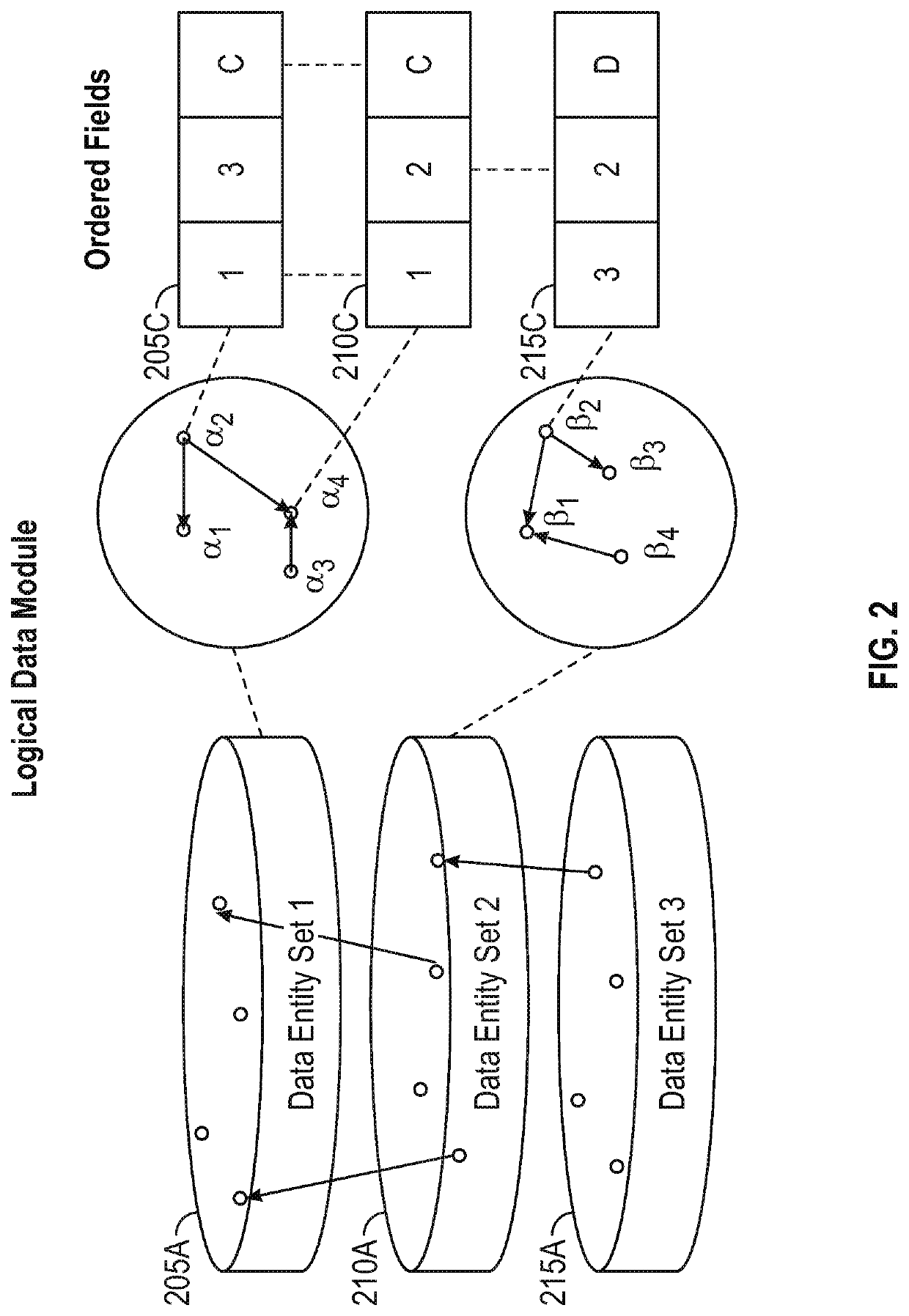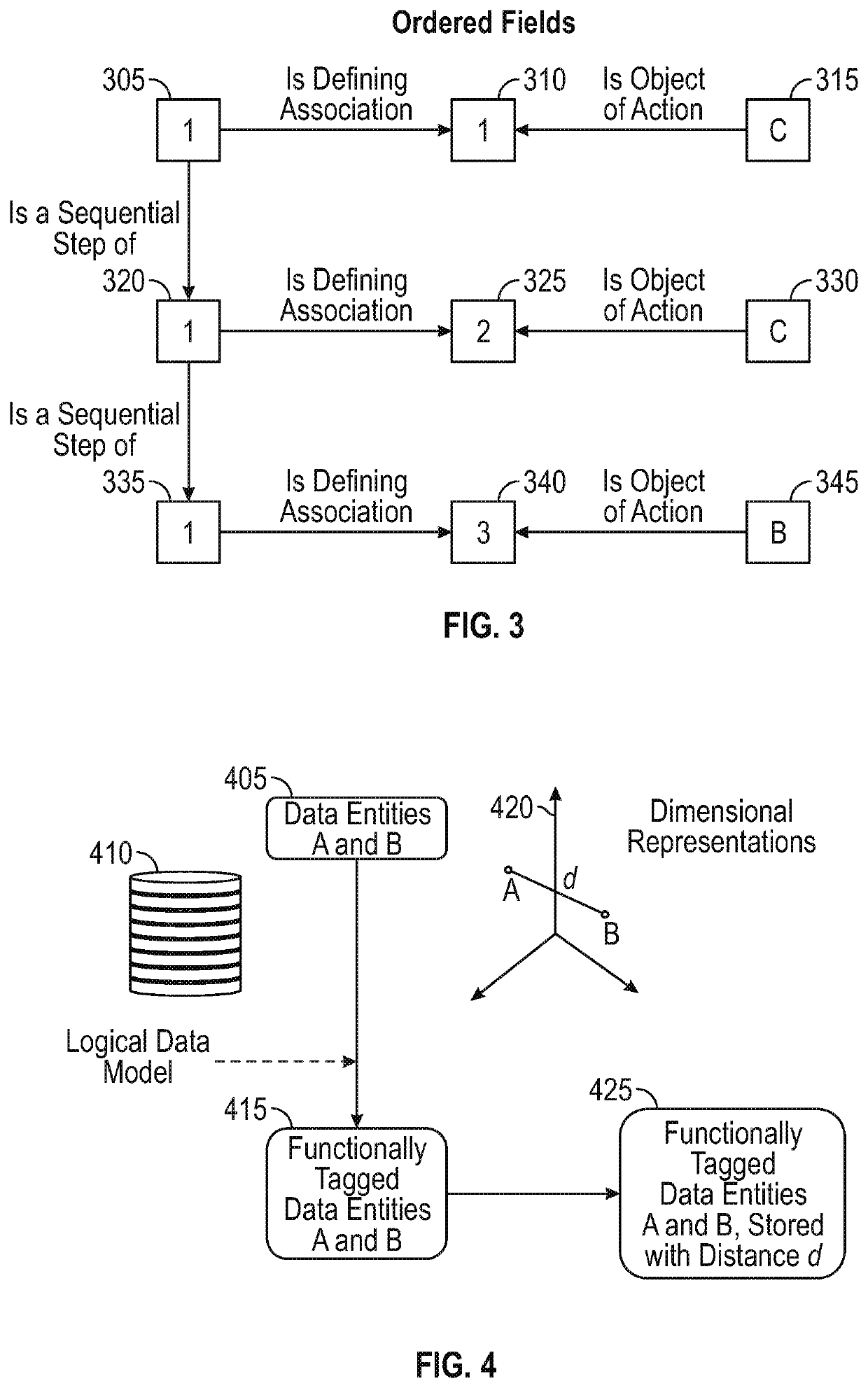Matching Multidimensional Projections of Functional Space
a multi-dimensional projection and functional space technology, applied in relational databases, instruments, marketing, etc., can solve problems such as lack of ontological consistency, expressiveness, and inability to characterize phenomena, and achieve the effect of facilitating user interaction
- Summary
- Abstract
- Description
- Claims
- Application Information
AI Technical Summary
Benefits of technology
Problems solved by technology
Method used
Image
Examples
Embodiment Construction
[0047]In the following description of embodiments, reference is made to the accompanying drawings that form a part hereof, and which show by way of illustration specific embodiments of the claimed subject matter. It is to be understood that other embodiments can be used and that changes or alterations, such as structural changes, can be made.
[0048]Such embodiments, changes, or alterations are not necessarily departures from the scope with respect to the intended claimed subject matter. While the steps below can be presented in a certain order, in some cases the ordering can be changed so that certain inputs are provided at different times or in a different order without changing the function of the systems and methods described.
[0049]The procedures described below could also be executed in different orders. Additionally, various steps that are described below need not be performed in the order disclosed, and other embodiments using alternative orderings of the steps could be readily...
PUM
 Login to View More
Login to View More Abstract
Description
Claims
Application Information
 Login to View More
Login to View More - R&D
- Intellectual Property
- Life Sciences
- Materials
- Tech Scout
- Unparalleled Data Quality
- Higher Quality Content
- 60% Fewer Hallucinations
Browse by: Latest US Patents, China's latest patents, Technical Efficacy Thesaurus, Application Domain, Technology Topic, Popular Technical Reports.
© 2025 PatSnap. All rights reserved.Legal|Privacy policy|Modern Slavery Act Transparency Statement|Sitemap|About US| Contact US: help@patsnap.com



